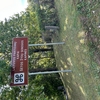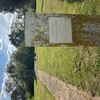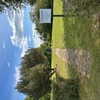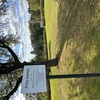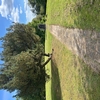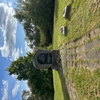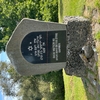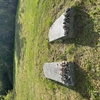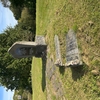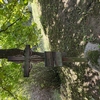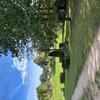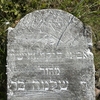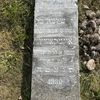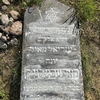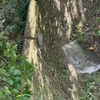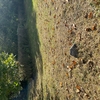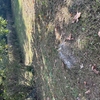EN:
The history of the Jewish community in Šėta dates back to the beginning of the 18th century – Jewish surnames are already mentioned in the 1709 inventory, indicating that Jews were living here by the end of the 17th century. Their numbers grew: by the end of the 19th century, they constituted the majority of the town’s population, and they continued to dominate town life in the interwar period. According to the 1897 census, 1,670 people lived in Šėta, with 1,135 being Jewish. According to the 1919 census, the population consisted of 286 Catholics and 346 Jews.
In 1766, Bishop Ignas Masalskis granted the privilege to build a synagogue, which became an important community center. During World War II, the Jews of Šėta were deported to Kėdainiai and shot in 1941, and a school was established in their synagogue during the Soviet era.
The Jews lived mainly on Ramygalos and Vilkmergės streets, and their houses were adapted for trade, so you could walk straight from the street into a shop or workshop. They were engaged in small trade and crafts, traveling around villages buying various products and goods. There were dozens of their shops in Šėta, even a restaurant.
Residents were buried in the Jewish cemetery in Šėta from the 18th century. The cemetery remained until the middle of the 20th century, but after World War II, in 1949, it was destroyed – the monuments were used as building material.
2025 October. Photo by Milda Jakulytė
LT:
Šėtos žydų bendruomenės istorija siekia XVIII a. pradžią – 1709 m. inventoriuje jau minimos žydiškos pavardės, liudijančios, kad žydai čia gyveno ir XVII a. pabaigoje. Jų skaičius augo: XIX a. pabaigoje jie sudarė daugumą miestelio gyventojų, o tarpukariu vis dar dominavo miestelio gyvenime. 1897 metų surašymo duomenimis Šėtoje gyveno 1670 žmonių, iš jų 1135 – žydai, o 1919 metų surašymo duomenimis Šėtoje gyveno 286 katalikai ir 346 žydai.
1766 m. vyskupas Ignas Masalskis suteikė privilegiją statyti sinagogą, kuri tapo svarbiu bendruomenės centru. Antrojo pasaulinio karo metais Šėtos žydai buvo išvaryti į Kėdainius ir 1941 m. sušaudyti, o jų sinagogoje sovietmečiu įkurta mokykla.
Žydai gyveno daugiausia Ramygalos ir Vilkmergės gatvėse, namai buvo pritaikyti prekybai, todėl iš gatvės tiesiai patekdavai į krautuvėlę ar dirbtuvę. Jie vertėsi smulkiąja prekyba, amatininkyste, važinėdavo po kaimus supirkinėdami įvairius produktus ir prekes, Šėtoje veikė dešimtys jų krautuvėlių, netgi restoranas.
Žydų kapinėse Šėtoje laidoti vietos gyventojai nuo XVIII a. Kapinės išliko iki XX a. vidurio, tačiau po Antrojo pasaulinio karo, 1949 m., jos buvo visiškai sunaikintos – paminklai panaudoti kaip statybinė medžiaga.
2025 m. spalis, fotografavo Milda Jakulytė
